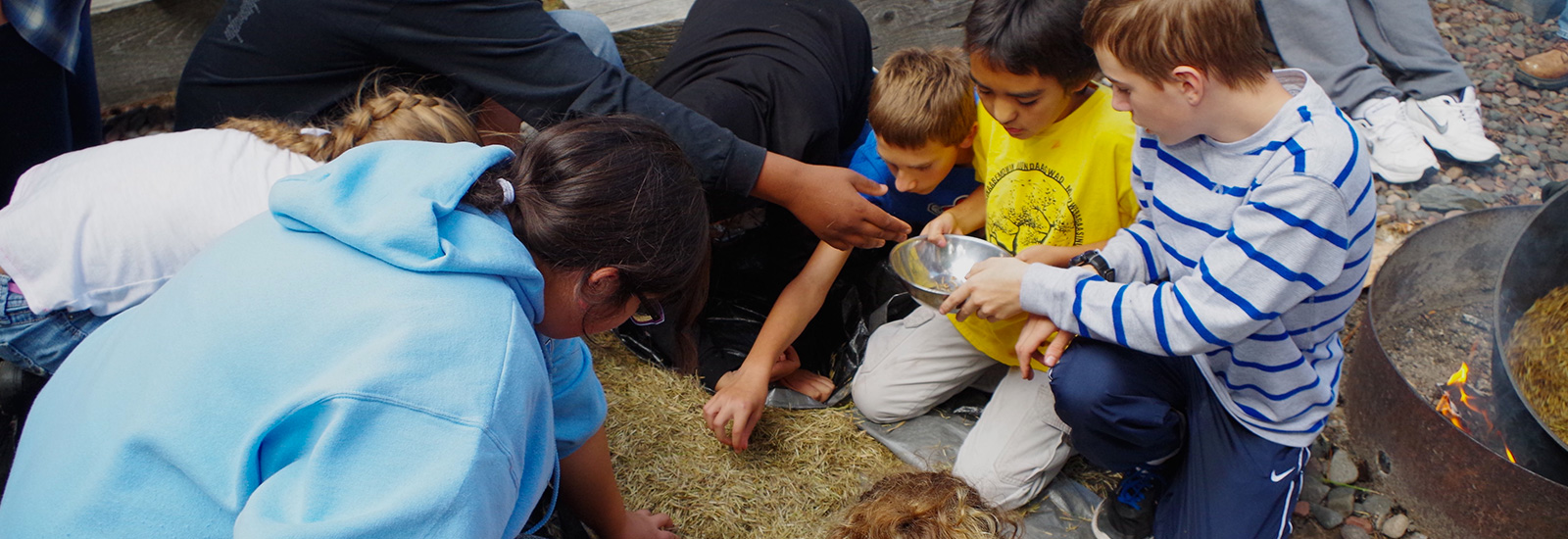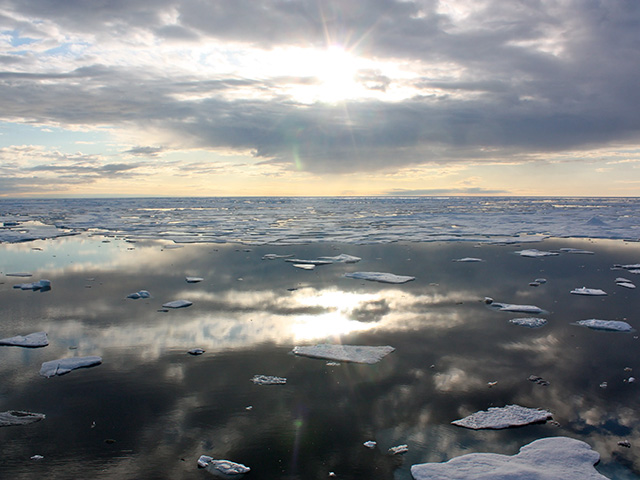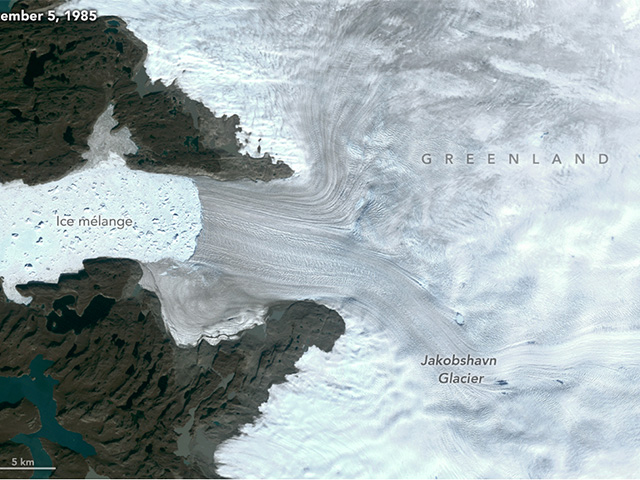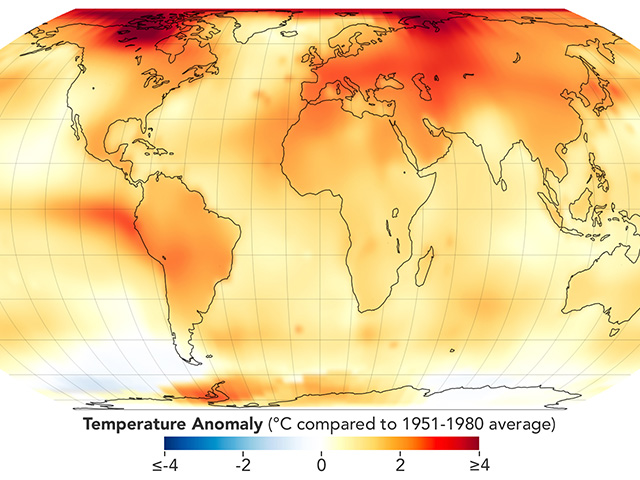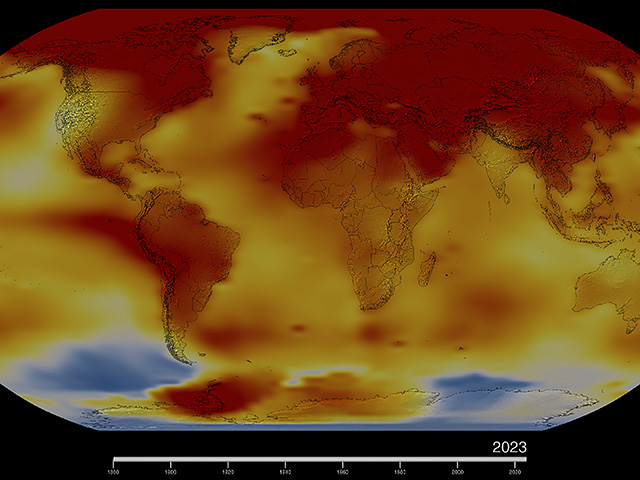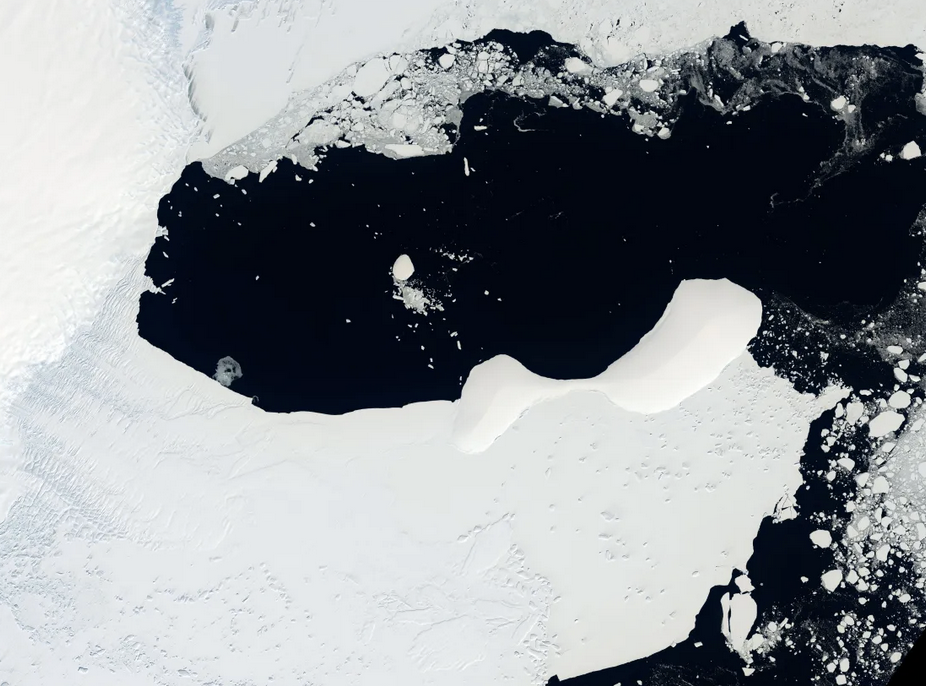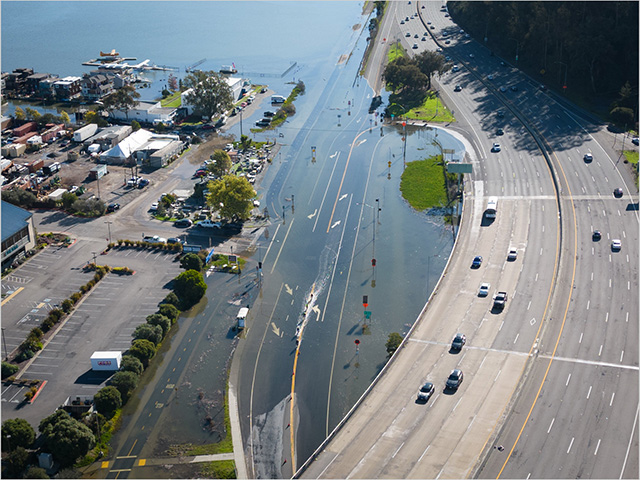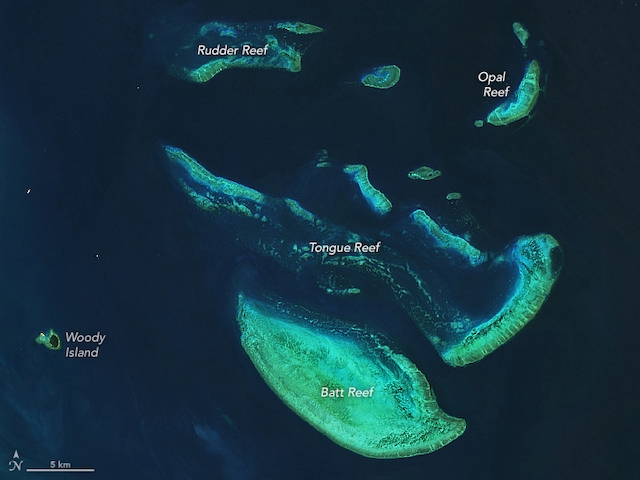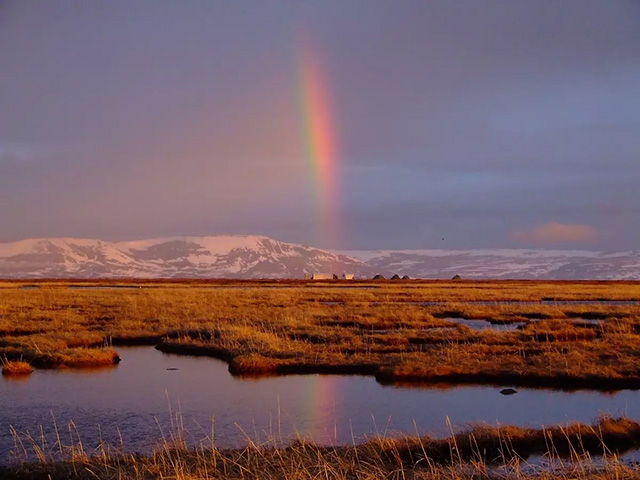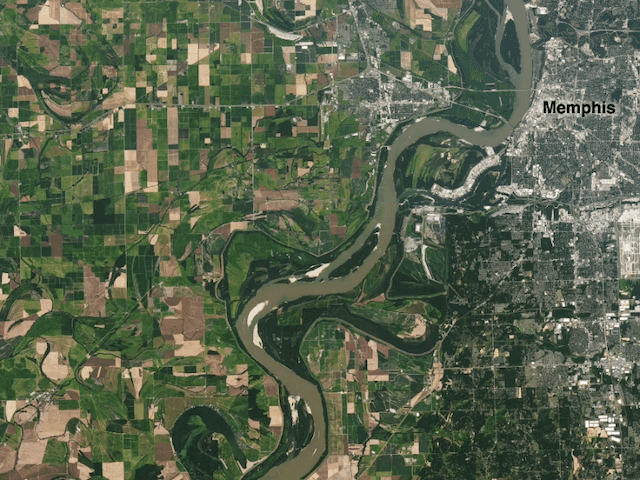Learning Resources
| Landsat Education Activity Matrix | |||
|---|---|---|---|
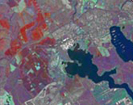
|
http://landsat.gsfc.nasa.gov/education/activity_matrix.html Visit this site to find classroom activities for analyzing land cover changes, including "Annotating Change in Satellite Images and Quantifying Changes in Land Over Time." |
||
| Climate Kids | |||
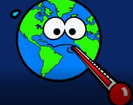
|
http://climate.nasa.gov/kids/ This kid-friendly Web site for ages 10-12 answers the big questions about global climate change using simple illustrations, humor, interactivity and age-appropriate language. Includes a collection of Earth-science-related games and a Green Careers section which profiles real people doing jobs that help slow climate change. |
||
| GLOBE | |||

|
http://www.globe.gov (Global Learning and Observations to Benefit the Environment) is a worldwide hands-on, primary and secondary school-based science and education program. GLOBE's vision promotes and supports students, teachers and scientists to collaborate on inquiry-based investigations of the environment and the Earth system. GLOBE is sponsored by NASA, NOAA, NSF and U.S. Department of State. A new GLOBE Student Climate Research Campaign (coming September 2011) will engage students from around the world in the process of investigating and researching their local climate and sharing their findings globally. SCRC is comprised of learning activities, events, and research investigations. Teachers can start preparing their students now to participate in SCRC. For more information, go to: http://www.globe.gov/explore_science/conduct_research/scrc. |
||
| S'COOL (Students' Cloud Observations On-Line) | |||
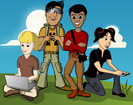
|
http://scool.larc.nasa.gov S'COOL is a real-time, collaborative science experiment that elementary through secondary students conduct with NASA scientists. Participants make ground truth observations of clouds for comparison with satellite data. These observations help NASA scientists validate the measurements from NASA's CERES satellite instrument (Clouds and Earth's Radiant Energy System). The S'COOL Web site includes several educational resources, including tutorials, cloud ID charts and ideas for projects. The site also includes information on Roving Cloud Observations for S'COOL, a program for citizen scientists. |
||
| NASA's Global Climate Change Education (GCCE) Initiative | |||
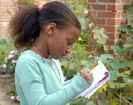
|
https://nice.larc.nasa.gov/ NASA's Global Climate Change Education Initiative has awarded several grants to organizations across the United States to explore innovative ways to teach the science surrounding global climate change and Earth system science. Funded projects include all levels of formal and informal education, including a range of activities, such as courses and workshops for educators, learning resources, citizen science projects, research opportunities for teachers and students and more. Visit the NASA GCCE Web site to learn more about the funded projects and link to resources and datasets for climate change education. |
||
| Video: Oceans of Climate Change | |||

|
http://www.jpl.nasa.gov/video/index.cfm?id=827 NASA Oceanographer, Josh Willis, shows how a water balloon can teach us about the heat capacity of the oceans and climate change on Earth. |
||
|
|
|||
| Atlantic Hurricanes With Dr. Jeff Halverson: Understanding the 21st Century's New Threat | |||

|
http://www.nasa.gov/mission_pages/hurricanes/multimedia/AtlanticHurricanesWithJeff.html
Educators can now bring NASA hurricane expert Dr. Jeffrey Halverson into their classroom! This web page contains 35 separate, one-to-four-minute long video segments that were derived from a live interactive professional development event that used Internet2. The lecture, which took an in-depth look at the life cycle of hurricanes, used myriad scientific visualizations made from NASA satellite imagery. The web page provides educators with an index that describes: each segment of the lecture, the scientific visualization used in the segment, and linkages to national standards. Each of the segments is viewable in your browser and is also available for download as a Quicktime. Plus, the individual media content used in the segment is also available for download. |
||

